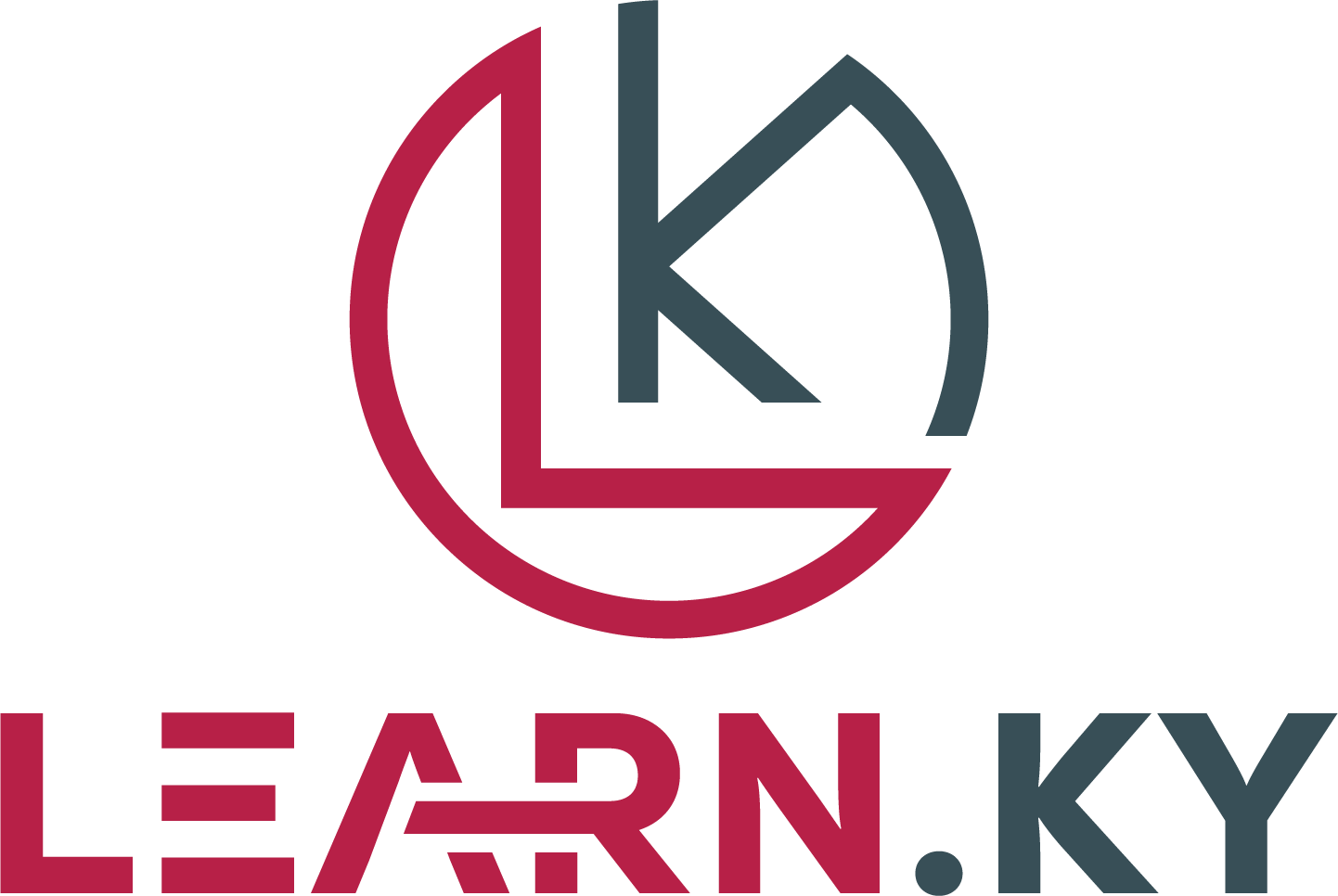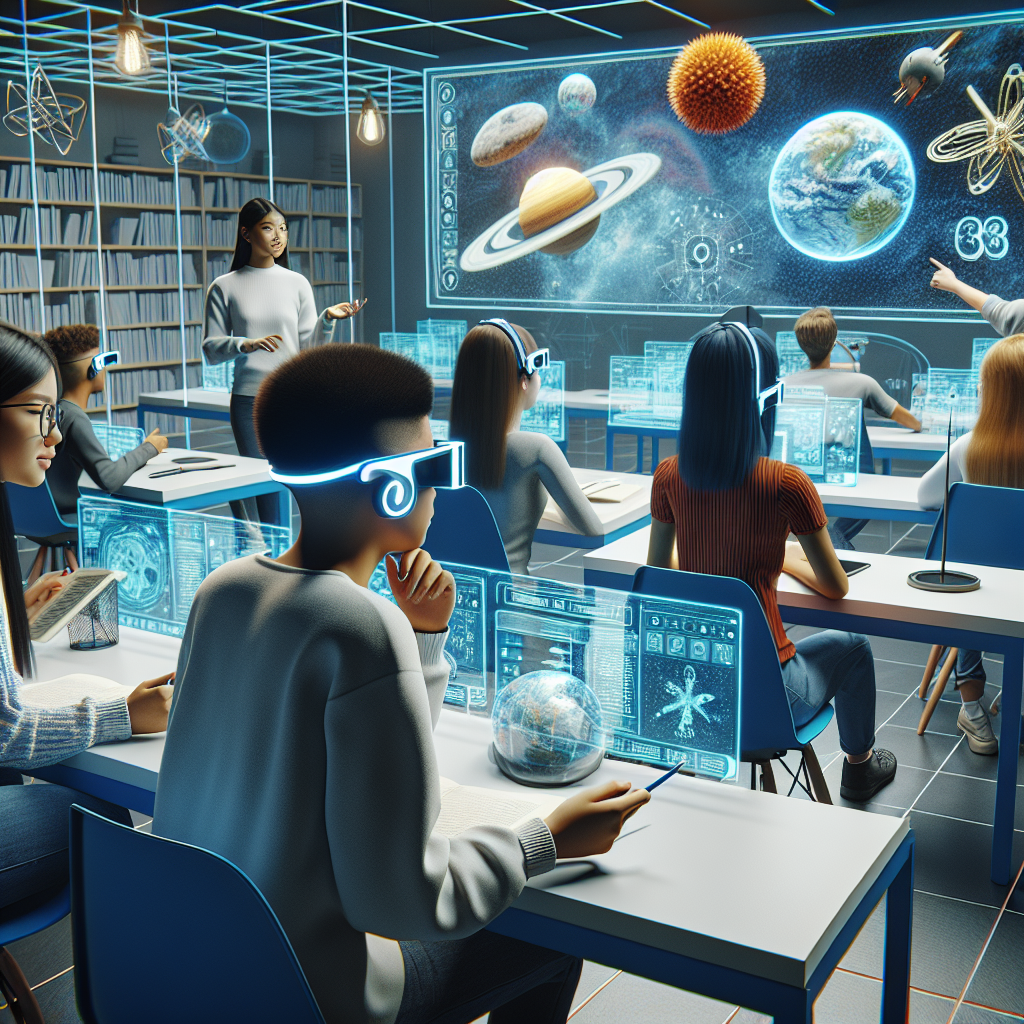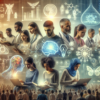At its core, augmented reality blends the physical world with virtual elements, enhancing our perception of reality through digital overlays. This technology has the power to transform traditional education by providing immersive and interactive experiences that engage students in ways never before possible.
One of the key benefits of AR in education is its ability to cater to different learning styles. Visual learners can benefit from interactive simulations and 3D models, while hands-on learners can engage in virtual experiments and practical demonstrations. By personalizing the learning experience, AR enables students to grasp complex concepts more easily and retain information more effectively.
Moreover, AR fosters collaboration and social interaction among students, creating a dynamic and engaging learning environment. Through shared experiences and group projects, learners can work together to solve problems, think critically, and develop essential teamwork skills. This collaborative approach not only enhances the learning process but also prepares students for the realities of the modern workforce.
In addition to enriching traditional subjects like math, science, and history, AR has the potential to revolutionize specialized fields such as medical training, architectural design, and engineering. Medical students can practice surgical procedures in a virtual environment, architects can visualize building designs in real-world contexts, and engineers can simulate complex systems before they are built. By bridging the gap between theory and practice, AR empowers professionals to hone their skills and make informed decisions based on real-world data.
Beyond academic disciplines, AR can also promote cultural understanding and global awareness. By virtually exploring different countries, languages, and traditions, students can develop empathy, tolerance, and a broader perspective on the world. This cross-cultural exchange not only enriches the educational experience but also prepares students to navigate an increasingly interconnected and diverse society.
Despite its many benefits, the widespread adoption of AR in education still faces challenges. Technical limitations, cost barriers, and the need for specialized training are some of the hurdles that educators and institutions must overcome. However, as technology continues to advance and become more accessible, the potential of AR to revolutionize education is vast and promising.
In conclusion, augmented reality is reshaping the future of education by offering innovative and interactive learning experiences that engage students, enhance collaboration, and prepare them for the challenges of tomorrow. As educators, policymakers, and industry leaders embrace this transformative technology, we have the opportunity to unlock the boundless potential of AR and create a more engaging, inclusive, and effective educational system for all. The journey towards this augmented reality-powered future is just beginning – are you ready to explore the possibilities?










